U.S. Transportation Department Seeks $4B For Future Autonomous Cars

U.S. Department of Transportation Secretary Anthony Foxx on Thursday said his department would seek nearly $4 billion over the next 10 years to standardize rules for self-driving cars and make it easier for carmakers to offer more autonomous vehicles.
The plan was mentioned Tuesday by President Barack Obama during his final State of the Union address and detailed by Foxx at the North American International Auto Show in Detroit.
The plan would create a uniform autonomous vehicle policy for states to adopt and would allow more exemptions from current safety regulations for self-driving technology.
Only a few states currently allow autonomous vehicles on their roads, including California, Nevada and Michigan.
The plan, which will be included in the president’s budget proposal for 2017, requires congressional approval first and has initial approval from automakers including General Motors, which issued a statement Thursday supporting the measure:
We are pleased to support these important safety principles, and we applaud the efforts of Secretary Foxx, Administrator Rosekind, the Department of Transportation and NHTSA to lead this collaborative approach with the automakers to further enhance vehicle safety. … We welcome the opportunity to continue to work with experts in government and industry on the vital issues of automotive safety and cybersecurity.
“We are on the cusp of a new era in automotive technology with enormous potential to save lives, reduce greenhouse gas emissions, and transform mobility for the American people,” Foxx said in a statement. “Today’s actions and those we will pursue in the coming months will provide the foundation and the path forward for manufacturers, state officials, and consumers to use new technologies and achieve their full safety potential.”
Several states have competing laws or certification processes that prohibit some types of autonomous vehicle driving. For instance, California permits autonomous driving under certain circumstances, including maximum speed and with increased oversight on the manufacturer. Comparatively, Florida has very few rules regarding autonomous vehicle driving.
It’s unclear what role manufacturers will play in drafting the proposed legislation.

More by Aaron Cole
Latest Car Reviews
Read moreLatest Product Reviews
Read moreRecent Comments
- Teddyc73 Oh look dull grey with black wheels. How original.
- Teddyc73 "Matte paint looks good on this car." No it doesn't. It doesn't look good on any car. From the Nissan Versa I rented all the up to this monstrosity. This paint trend needs to die before out roads are awash with grey vehicles with black wheels. Why are people such lemmings lacking in individuality? Come on people, embrace color.
- Flashindapan Will I miss the Malibu, no. Will I miss one less midsize sedan that’s comfortable, reliable and reasonably priced, yes.
- Theflyersfan I used to love the 7-series. One of those aspirational luxury cars. And then I parked right next to one of the new ones just over the weekend. And that love went away. Honestly, if this is what the Chinese market thinks is luxury, let them have it. Because, and I'll be reserved here, this is one butt-ugly, mutha f'n, unholy trainwreck of a design. There has to be an excellent car under all of the grotesque and overdone bodywork. What were they thinking? Luxury is a feeling. It's the soft leather seats. It's the solid door thunk. It's groundbreaking engineering (that hopefully holds up.) It's a presence that oozes "I have arrived," not screaming "LOOK AT ME EVERYONE!!!" The latter is the yahoo who just won $1,000,000 off of a scratch-off and blows it on extra chrome and a dozen light bars on a new F150. It isn't six feet of screens, a dozen suspension settings that don't feel right, and no steering feel. It also isn't a design that is going to be so dated looking in five years that no one is going to want to touch it. Didn't BMW learn anything from the Bangle-butt backlash of 2002?
- Theflyersfan Honda, Toyota, Nissan, Hyundai, and Kia still don't seem to have a problem moving sedans off of the lot. I also see more than a few new 3-series, C-classes and A4s as well showing the Germans can sell the expensive ones. Sales might be down compared to 10-15 years ago, but hundreds of thousands of sales in the US alone isn't anything to sneeze at. What we've had is the thinning of the herd. The crap sedans have exited stage left. And GM has let the Malibu sit and rot on the vine for so long that this was bound to happen. And it bears repeating - auto trends go in cycles. Many times the cars purchased by the next generation aren't the ones their parents and grandparents bought. Who's to say that in 10 years, CUVs are going to be seen at that generation's minivans and no one wants to touch them? The Japanese and Koreans will welcome those buyers back to their full lineups while GM, Ford, and whatever remains of what was Chrysler/Dodge will be back in front of Congress pleading poverty.






















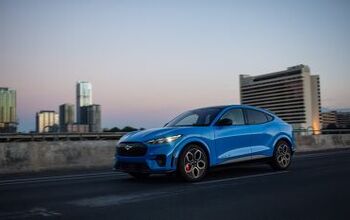

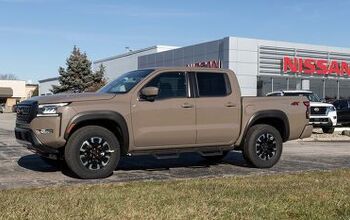
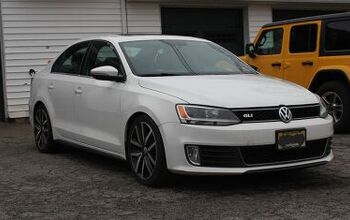

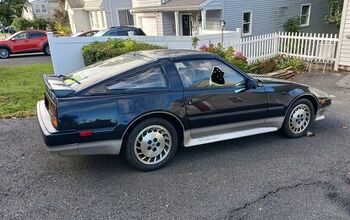

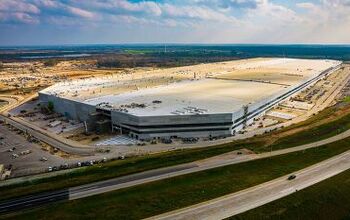
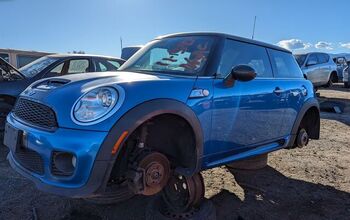

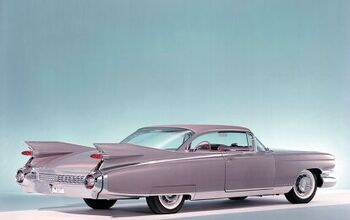
Comments
Join the conversation
Every time someone cuts me off in a parking lot, it's a 50 year old woman on her cell phone, driving one of these RX things.
The Feds are leaning towards a vehicle-to-infrastructure based system vs. the GPS/on-board sensors/precision maps system currently being developed by manufacturers. I think the biggest difference between two systems is the opportunity for graft: $400 million divided by 635 federal congressmen/women/transgendered = $7.5 million per. Even if each skimmed off only 10% in campaign contributions, there’s some real money to be made there. Campaign coffers don’t fill themselves.